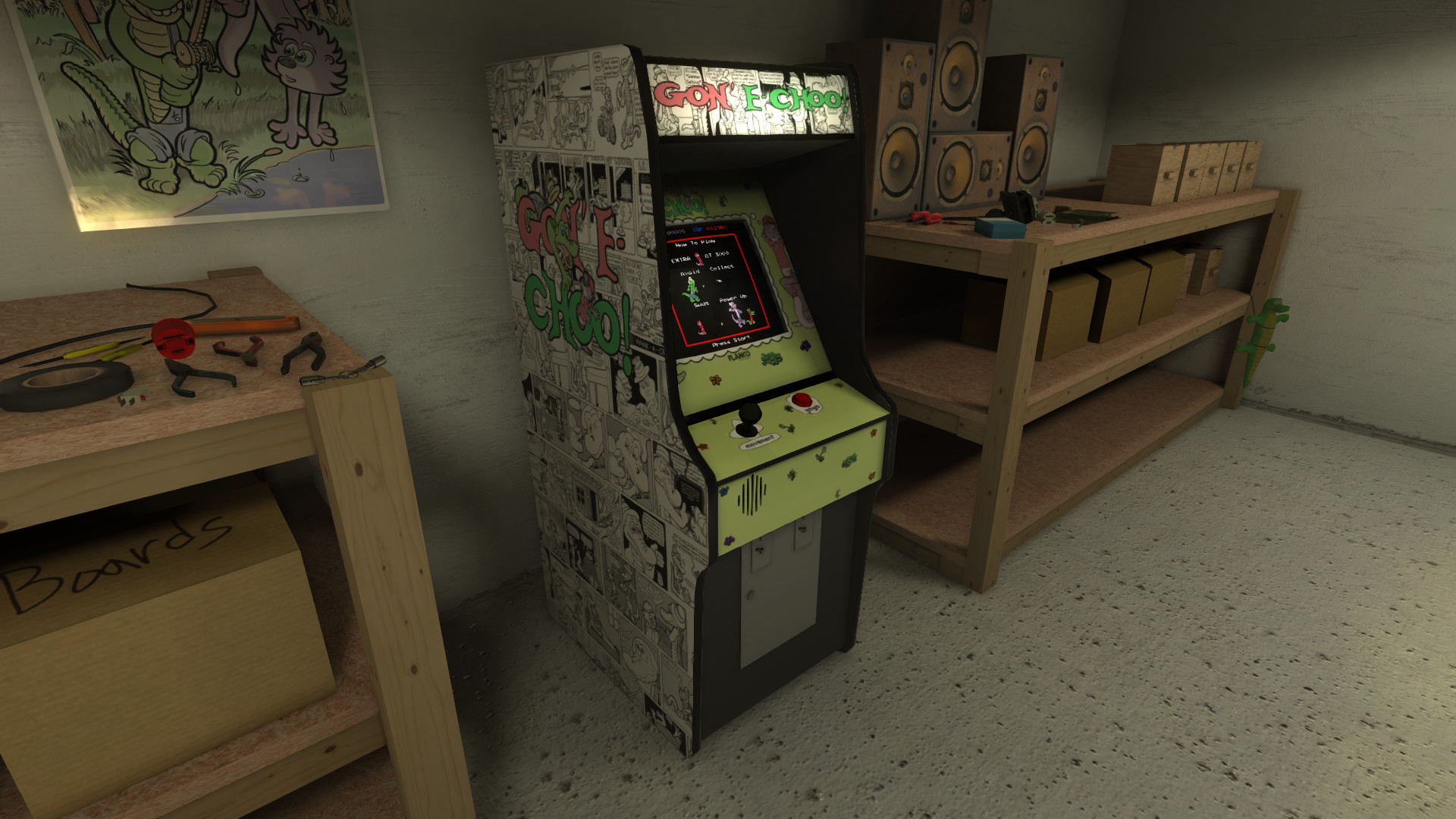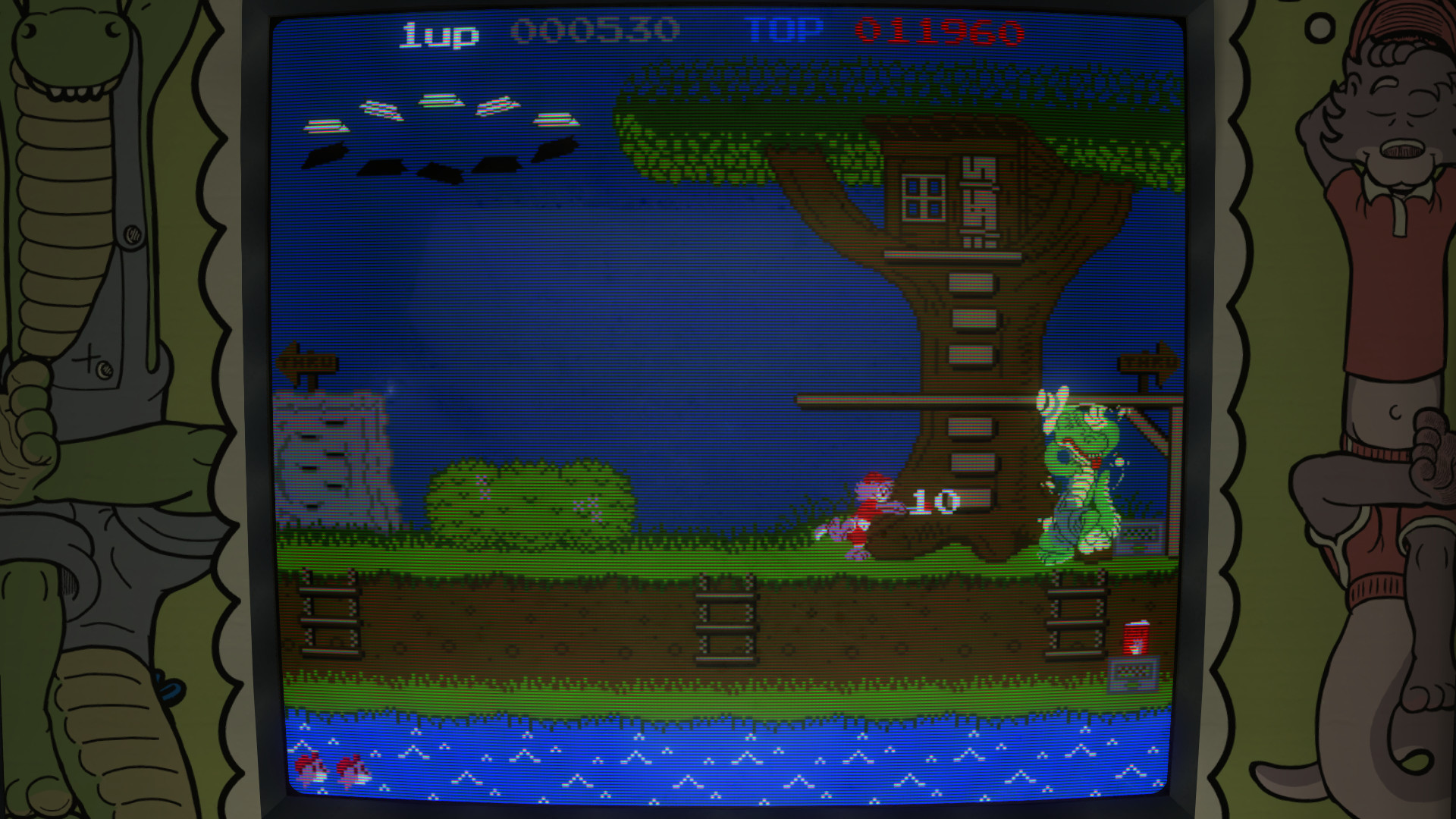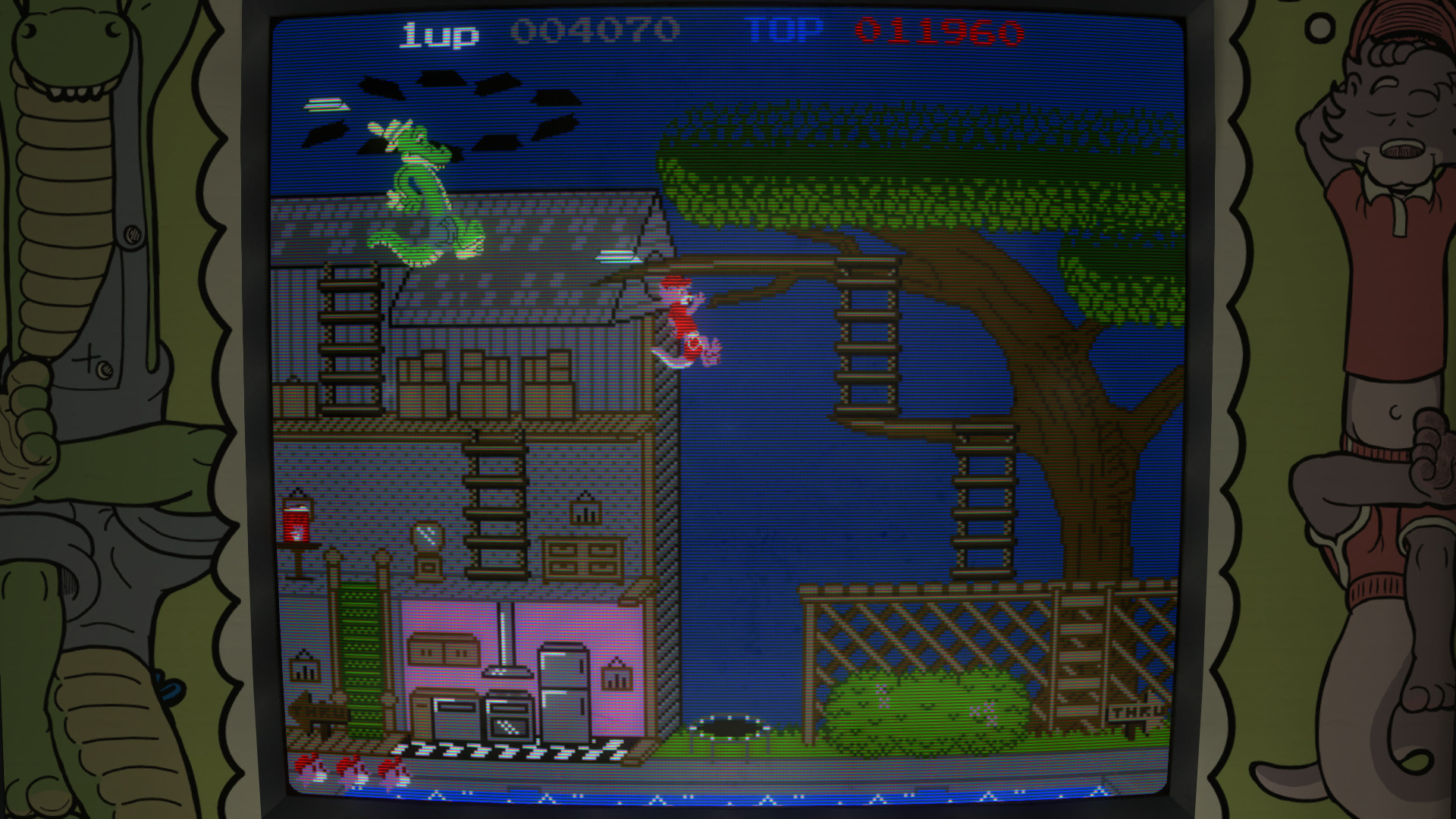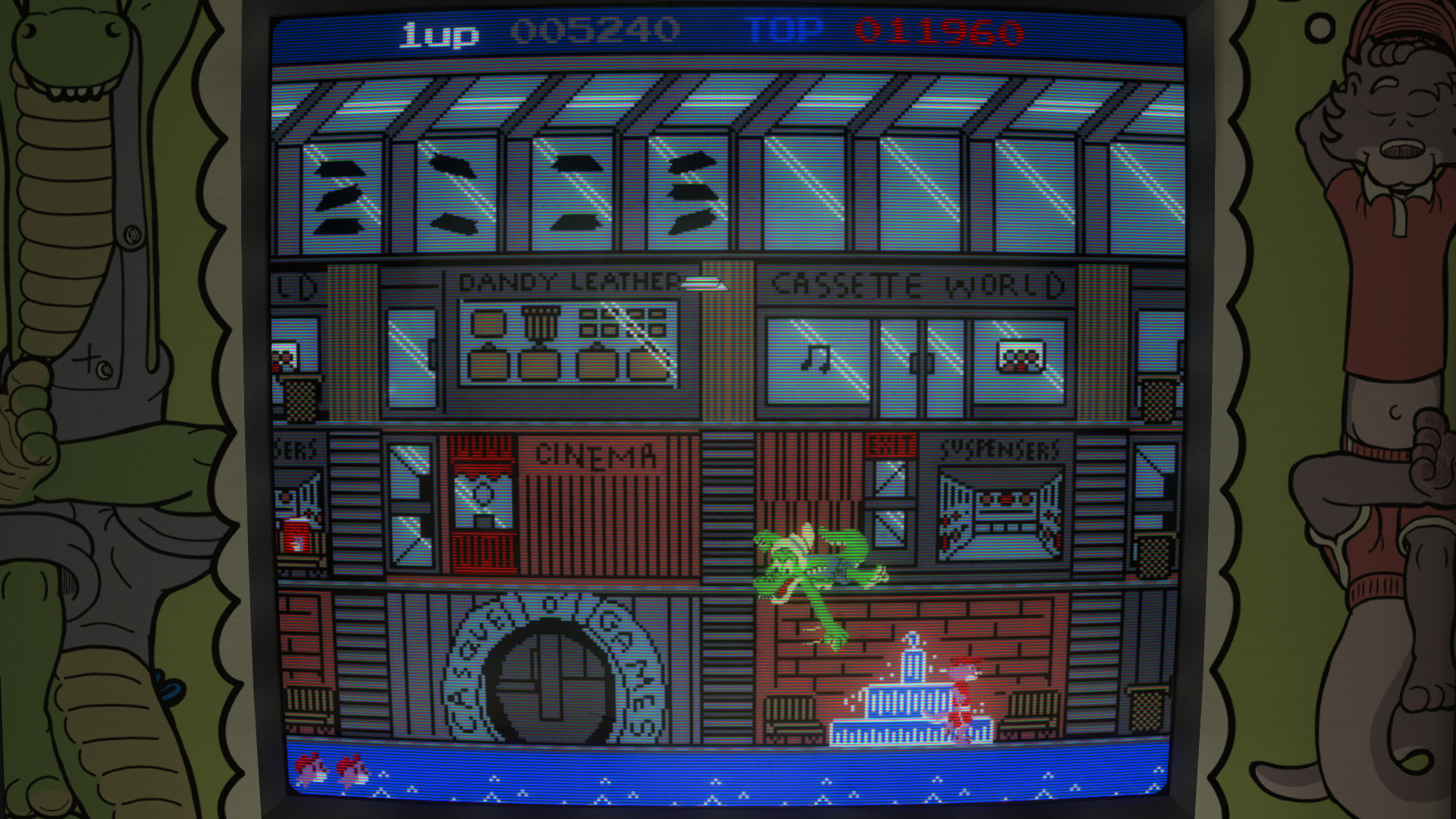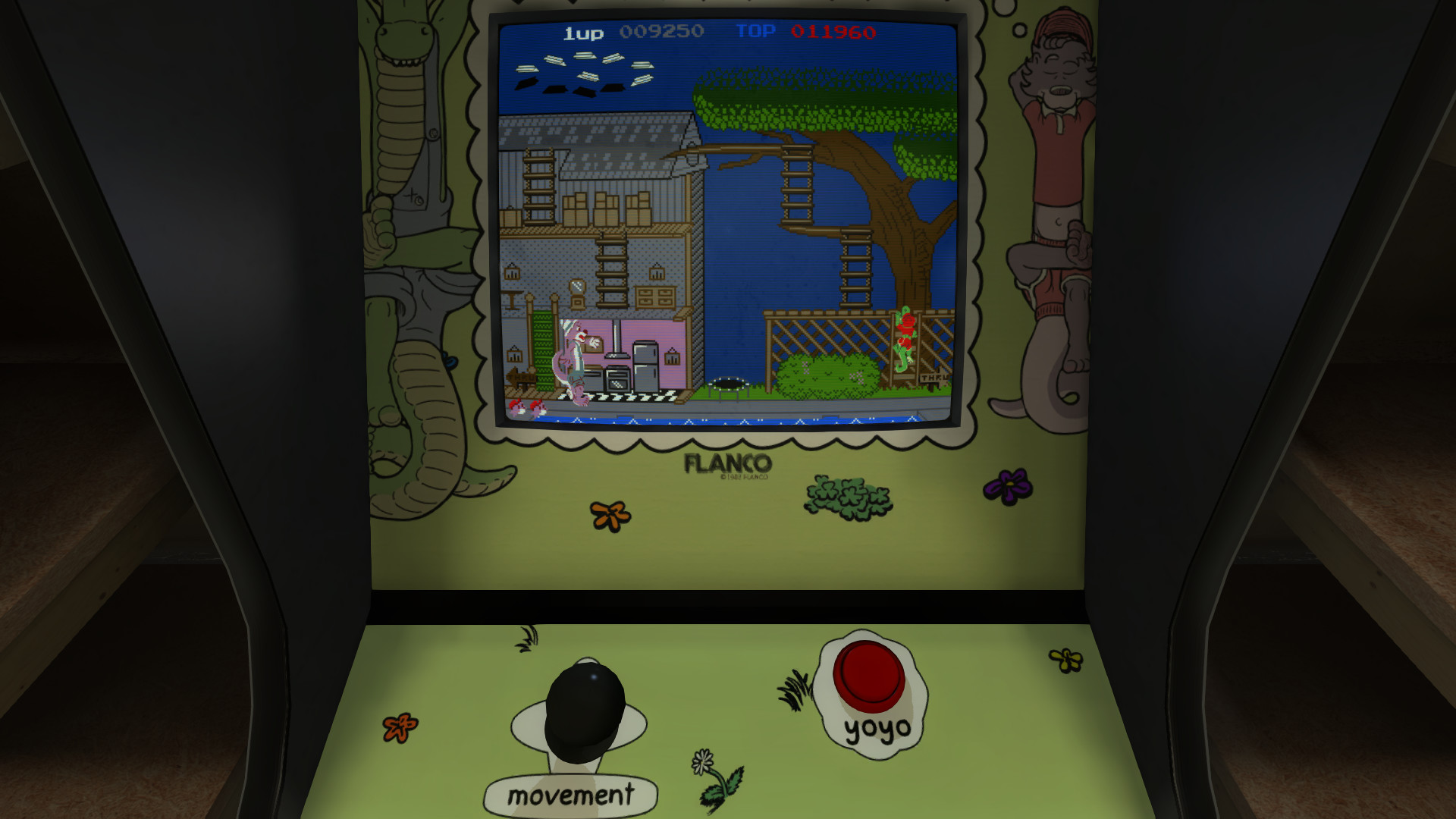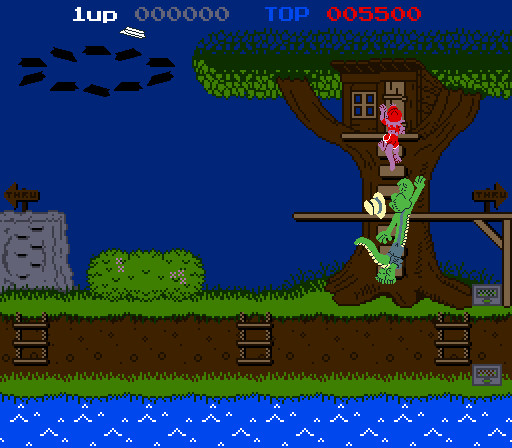The game plays out on a virtual arcade cabinet with mechanical sounds recorded straight from arcade cabinets from the early 80s, complete with a simulated CRT monitor and VR support for maximum immersion.
Hey guys. I just wanted to let you guys know what I've been up to, since it's been a little while since the last update. Since support for Unity 4 is dwindling, especially in the VR department, I've decided to move the project to Unity 5. It's a hard decision, considering I own Unity 4 Pro and I can't afford to upgrade to Unity 5 Pro, but since Unity 5 Personal is feature-complete and it's only downside is a brief splash screen, I decided to update. I've personally seen a boost in performance and stability merely from the update, probably due to Unity 5's much more native approach to VR.
I'm currently in the process of updating to that, including fixing a lot of the issues that popped up during the update. I've also been working on a few other things as a result of the update, which I will list with bullet points below for those of you who are scared of paragraphs.
Upcoming changes
- Unity 5 means more stability and performance in most cases.
- Graphical improvements, including fancier shadows and reflections.
- Roaming of the room has been enabled! Not much to see yet, but there will be plenty, I assure you. Press the interact button while looking at the arcade cabinet screen or controls to play it.
- The game will require a video card that supports Shader Model 3. Chances are, yours does. It's not exactly new technology.
- Various bug fixes, because of course there are.
I'm currently making sure everything is working smoothly, so expect this new version in the next day or two.
Minimum Setup
- Processor: Intel Core 2 duoMemory: 4 MB RAM
- Memory: 4 MB RAM
- Graphics: Intel HD Graphics 3000
- Storage: 140 MB available space
Recommended Setup
- Processor: Intel Core i5Memory: 6 MB RAM
- Graphics: Nvidia Geforce 760
- Storage: 140 MB available space
[ 6425 ]
[ 3784 ]
[ 2906 ]

